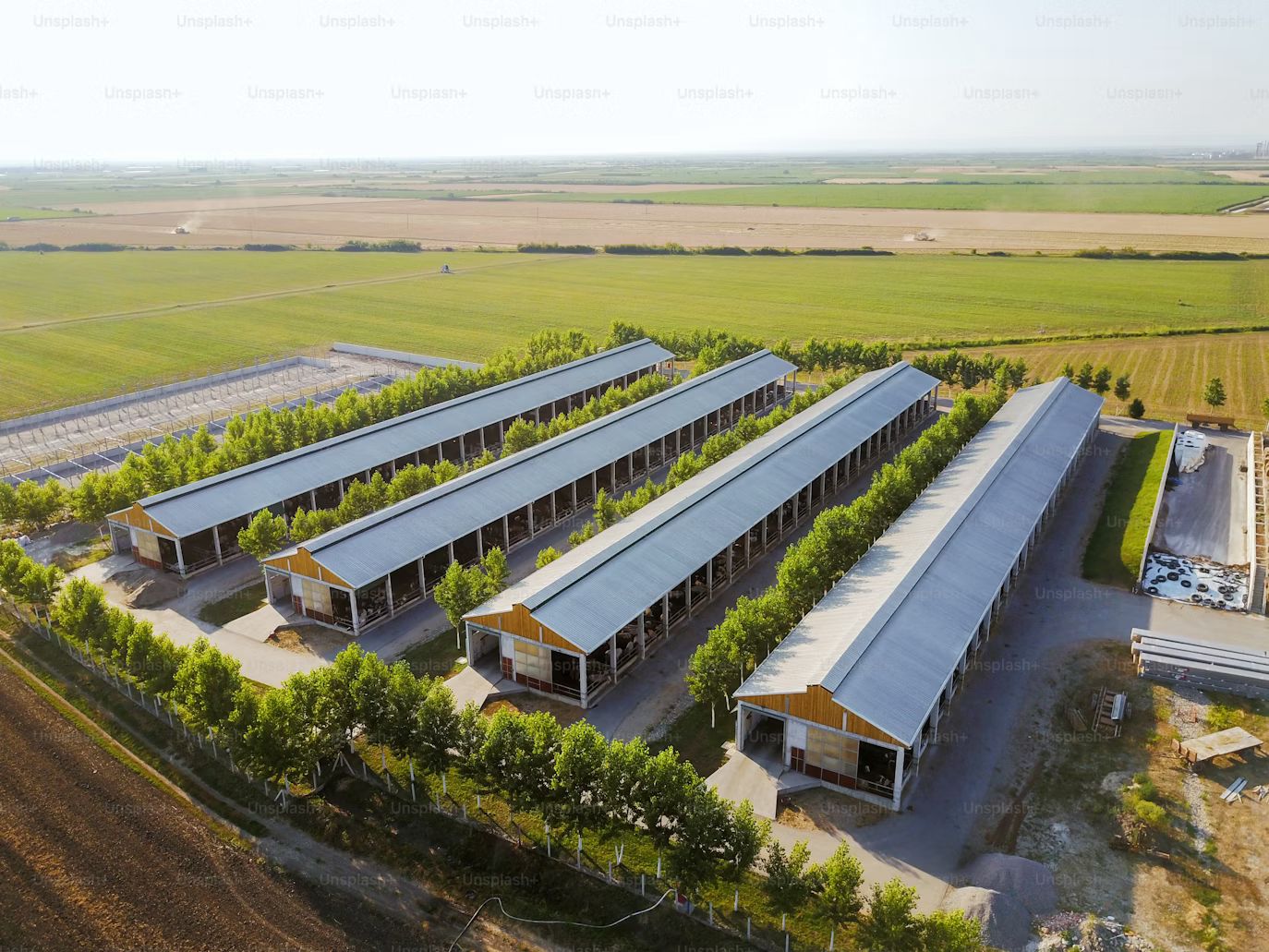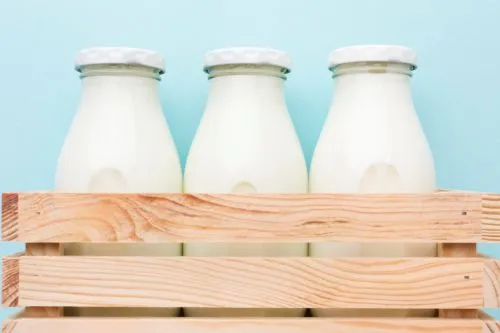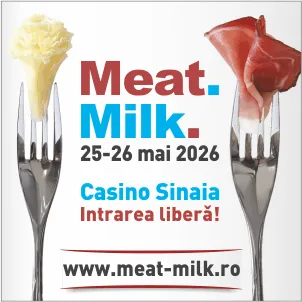1225

Romania’s Dairy Sector in Transition: From Tradition to Performance
Romania’s dairy industry is undergoing a slow but steady process of modernization and restructuring. According to Dorin Cojocaru, president of the Romanian Employers' Association in the Dairy Industry (APRIL), the country has around 1.2 million cattle, yet only 375,000 of them are active dairy cows contributing to the economic circuit. While this figure may seem low relative to the total herd size, it holds regional significance. For instance, Hungary has fewer dairy cows but achieves higher output thanks to superior yields and the application of modern technologies on farms.
In an interview on the “Agriculture in Transition” program produced by G4Food, Cojocaru highlighted a major shift in the structure of Romania’s livestock sector. In 2005, more than 98% of dairy cattle were found in small household farms, with an average of just 1.2 cows per holding. Today, the trend is clearly moving toward medium and large commercial farms. Over the past three years in particular, Romania has seen the emergence of farms with more than 1,000 head of cattle—signaling a new focus on performance, economic efficiency, and integration into the modern agri-food value chain.
These large-scale farms play a vital role in the development of the dairy processing industry, as they can supply consistently high volumes of raw milk required for industrial operations. According to Cojocaru, a standard milk tanker has a capacity of 24,000–25,000 liters, meaning only large farms can regularly deliver such quantities, directly impacting processors’ competitiveness.
Another key benefit of large commercial farms is their contribution to the formal economy. Unlike subsistence farms, which rarely generate taxable income, these farms pay VAT, taxes, and duties, making them economically significant players. Moreover, they help ensure quality standards, traceability, and food safety—factors that are increasingly important both domestically and on international markets.
Nevertheless, Romania still has a long way to go in catching up with the productivity levels of other EU countries. Average milk yield per cow remains below the EU average, and increased investment in genetics, nutrition, technology, and farm management is essential to close this gap.
While family farms continue to play an important social role, their long-term economic viability depends on cooperation, association, and professionalization.
In conclusion, the current data presents a clear picture: Romania holds significant potential in the dairy sector, but future performance hinges on transitioning from traditional models to a more competitive, integrated system. The rise of large farms and their incorporation into the modern economy marks an important step in that direction.




